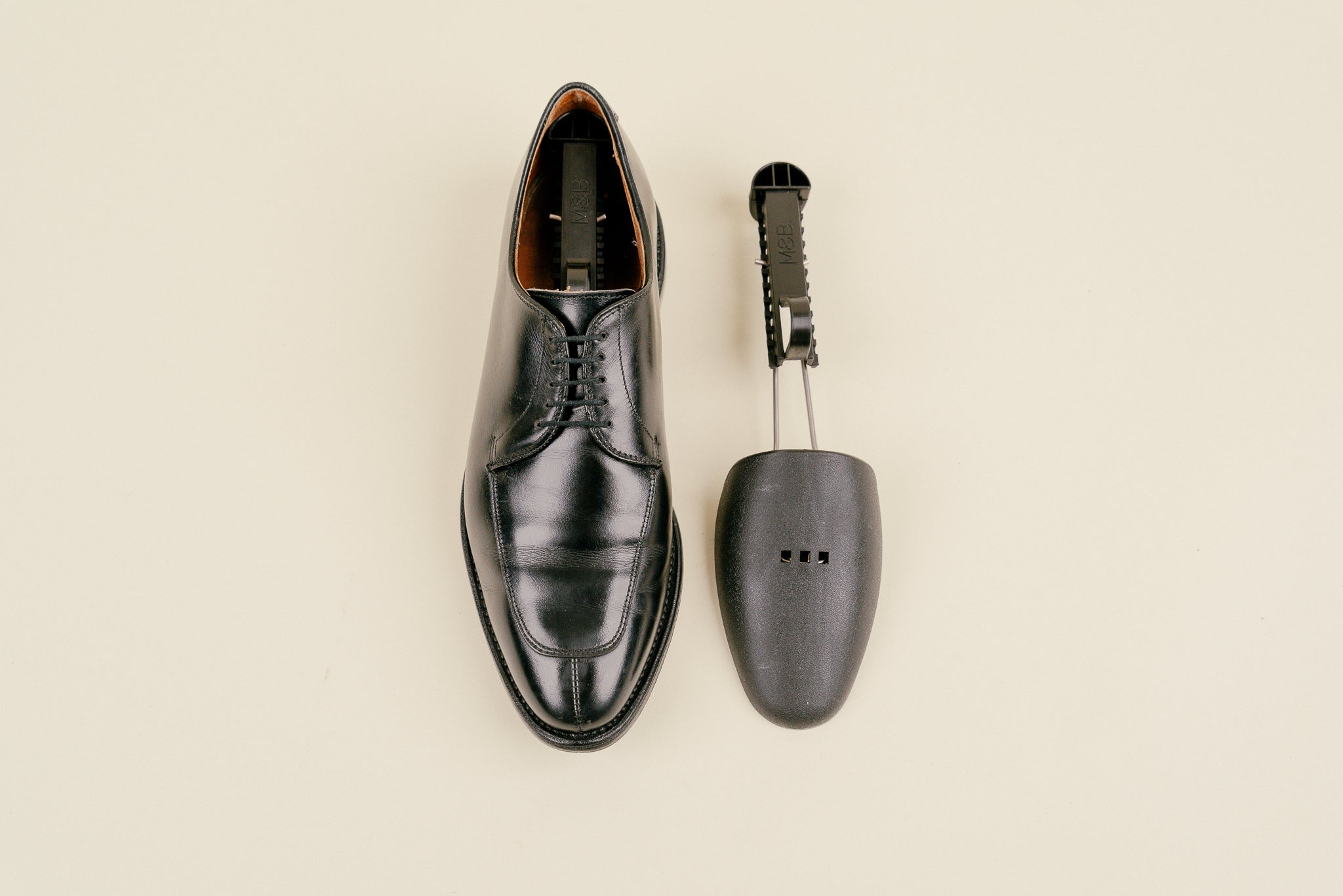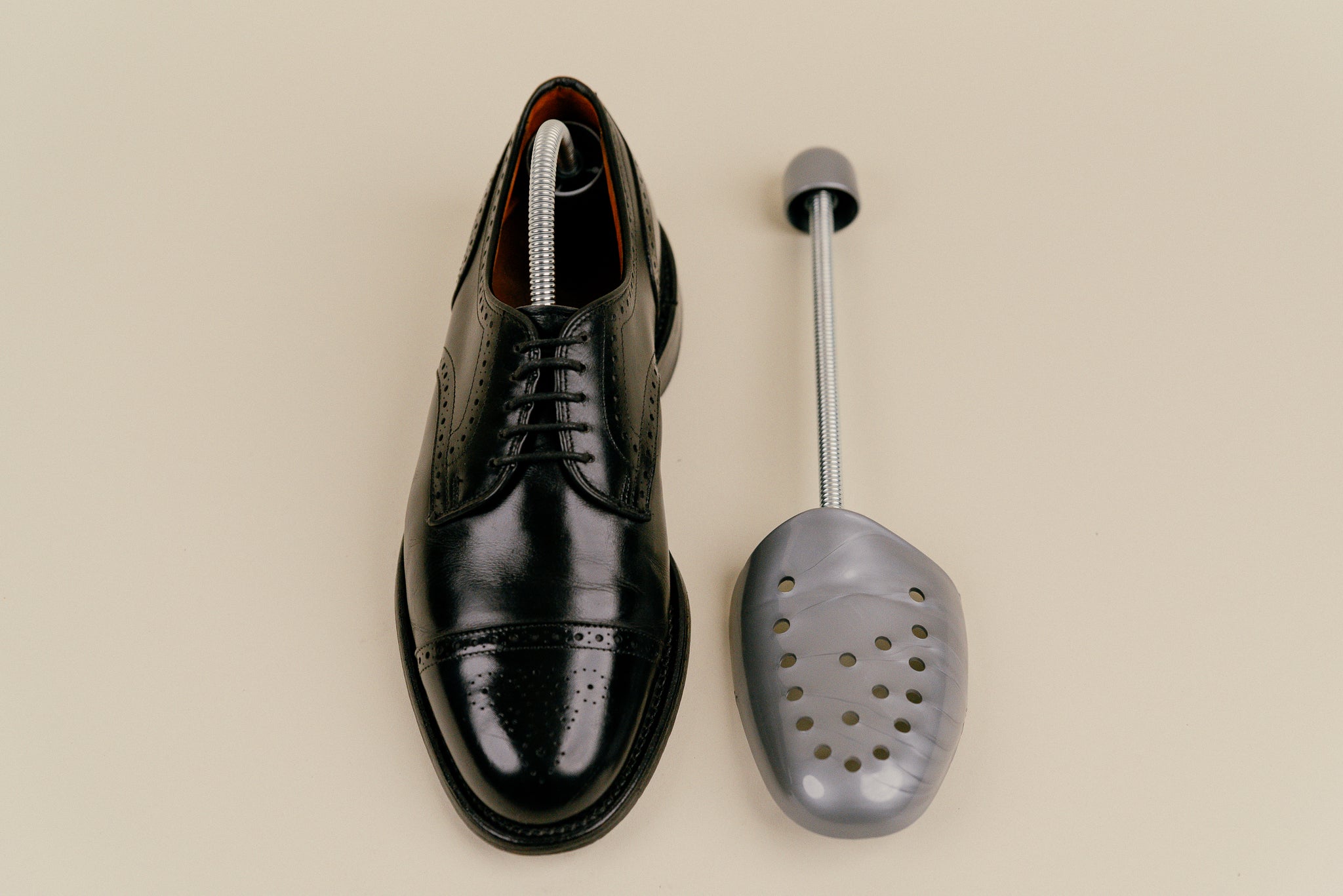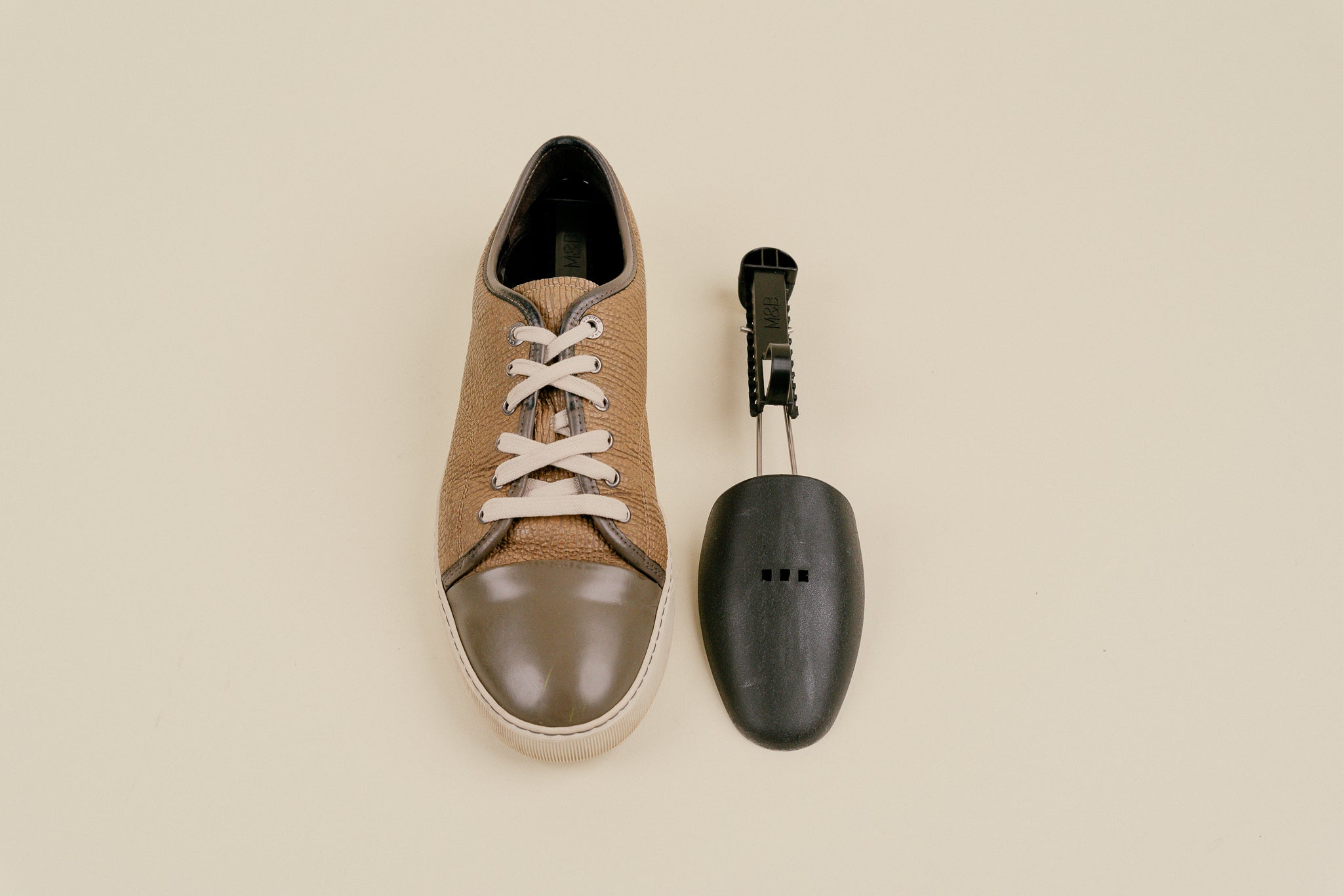In the world of fashion and footwear, maintaining an impeccable appearance is paramount, especially for dress shoes. Whether you’re a business professional, a fashion enthusiast, or someone who simply enjoys well-made footwear, understanding the role of shoe trees is essential. In this guide, we will delve into what shoe trees are, why they matter, their benefits, and how to choose the best ones for your dress shoes.
What Are Shoe Trees?
Shoe trees are wooden or plastic forms that can be inserted into shoes to help them maintain their shape and prevent creasing. They come in a variety of materials, with cedar being the most popular choice due to its natural moisture-wicking properties and pleasant aroma. By fitting snugly inside the shoes, they exert pressure to hold the leather in its intended shape, thereby preserving its integrity over time.
Types of Shoe Trees
There are primarily two types of shoe trees: full-length and half-length. Full-length shoe trees cover the entire length of the shoe, while half-length shoe trees are designed only for the toe area. Each type has its merits and can be selected based on personal preference and shoe style.

Full-Length Shoe Trees
- Benefits: Best for maintaining the overall shape of dress shoes. Ideal for loafers and oxfords.
- Drawbacks: Slightly more expensive and may not fit all shoe types.

Half-Length Shoe Trees
- Benefits: Affordable and easier to store. Good for narrower shoes.
- Drawbacks: May not adequately maintain the shoe’s structure.

Why Do You Need Shoe Trees for Dress Shoes?
Arguably, every dress shoe enthusiast would benefit from investing in a good pair of shoe trees. Here’s why:

1. Maintain Shape and Structure
Nothing is more disappointing than taking out your favorite dress shoes only to find they’ve lost their form. Shoe trees ensure that the shoes maintain their intended shape, combating the natural wear and tear that occurs over time.

2. Eliminate Moisture
Sweaty feet are a common issue, especially in dress shoes. Cedar shoe trees not only help with shape but also absorb moisture, keeping your shoes fresh and odor-free. According to a study published by the Journal of Foot and Ankle Research, moisture management is crucial for prolonging the life of footwear (source).

3. Reduce Creasing
Leather shoes are prone to creasing, particularly around the toe box. Regular use of shoe trees helps to prevent those unsightly lines, ensuring that your shoes continue to look polished even after multiple wears.

4. Prolong the Lifespan of Your Shoes
Investing in quality footwear requires a commitment to their upkeep. A good pair of shoe trees can significantly extend the life of your dress shoes, ultimately saving you money in the long run.
Real-World Footwear Experiences
To better understand the impact of shoe trees, let’s explore some real-world experiences from shoe enthusiasts:
Case Study: Alex’s Experience with Shoe Trees
Alex, a senior marketing executive, purchased a pair of high-end leather oxfords for an important business meeting. Worried about their structure after initial use, he researched shoe maintenance and found that using shoe trees was highly recommended.
He decided to invest in cedar shoe trees and has since noticed a significant difference. “Not only do they keep my shoes looking new, but they also smell great,” he says. Alex learned that the initial cost of the shoe trees was small compared to the cost of replacing his beloved shoes.
Case Study: Maria’s Wardrobe Transformation
Maria, a fashion influencer, shared her experience on social media about her closet revamp. She realized many of her dress shoes were getting ruined due to improper maintenance. After incorporating well-fitted shoe trees, she noticed that her shoes maintained their aesthetic, and she received compliments on their pristine condition.
Maria emphasized, “Shoe trees are not just a luxury; they are essential for every fashion lover. They transformed how I view my wardrobe.”
How to Choose the Right Shoe Trees
Choosing the right shoe trees is crucial for maximizing their benefits. Here are some tips to keep in mind:
1. Material Matters
Opt for cedar over plastic for its superior moisture absorption and aroma. If you’re environmentally conscious, consider sustainable alternatives made from bamboo.
2. Size and Fit
Ensure the shoe trees fit snugly within your shoes without being overly tight. Most brands provide sizing guides to help you select the best option.
3. Adjustable Features
Look for shoe trees with adjustable features to enhance the fit. Some models come with spring-loaded mechanisms that allow for a custom fit in various shoe styles.
Comparing the Best Shoe Trees on the Market
| Brand | Material | Size Options | Price (Approx.) | Adjustable |
|---|---|---|---|---|
| Woodlore | Cedar | Various | $25 – $40 | Yes |
| Hatico | Bamboo | Various | $15 – $30 | No |
| Allen Edmonds | Cedar | Various | $35 – $50 | Yes |
| FootFitter | Plastic/Cedar | Various | $10 – $25 | Yes |
Pros and Cons of Using Shoe Trees
Pros
- Helps maintain shape and structure.
- Absorbs moisture and eliminates odors.
- Prevents creasing and cracking.
- Extends the lifespan of your dress shoes.
Cons
- Initial investment cost.
- May not fit all shoe designs perfectly.
- Requires regular adjustment (if adjustable).
Tips for Using Shoe Trees Effectively
Now that you understand the importance of shoe trees, here are some tips to ensure you are using them effectively:
1. Use After Every Wear
To get the most out of your shoe trees, insert them after each wear. This helps your shoes retain their shape, especially during humid months.
2. Choose the Right Time
Avoid using shoe trees immediately after a long day of wear. Allow your shoes to cool down and dry before inserting the trees to prevent any moisture trapping.
3. Regular Maintenance
Periodically check your shoe trees for any signs of wear and tear, and replace them as necessary. A good shoe tree should last for years but will eventually need to be substituted.
Frequently Asked Questions (FAQs)
1. What is the best material for shoe trees?
The best material is cedar due to its moisture-wicking properties and pleasant aroma. Bamboo is also a great eco-friendly alternative.
2. How often should I use shoe trees?
For best results, use shoe trees after every wear. This ensures that your shoes maintain their shape and integrity.
3. Can shoe trees prevent creasing in leather shoes?
Yes, they can significantly reduce creasing by maintaining the shoe’s shape when not in use.
4. Are adjustable shoe trees worth it?
Adjustable shoe trees can provide a better fit, especially for shoes that vary in width. They are worth considering if you have a diverse shoe collection.
5. Do shoe trees help with odors?
Yes, particularly cedar shoe trees absorb moisture and can help eliminate odors caused by sweat.
6. Can I use shoe trees with all types of shoes?
While shoe trees are mainly designed for dress shoes, they can also be used with loafers and some casual shoes. Just ensure the fit is snug.
7. How should I store my shoe trees?
Store shoe trees in a dry place, ideally in the shoe they were designed for. Avoid exposing them to excessive moisture.
8. Are plastic shoe trees effective?
Plastic shoe trees are generally less effective than wooden ones, but they do offer some shape maintenance. They are often more affordable and can be a good option for casual shoes.
9. How do I know what size shoe tree to buy?
Most brands have sizing charts available. You should select a size that closely matches your shoe size for optimal fit.
Conclusion
Shoe trees are an indispensable tool for anyone serious about footwear maintenance. Regular use not only keeps your dress shoes looking sharp but also extends their lifespan considerably. By investing a little time and money into proper shoe care, you’ll enjoy the confidence that comes with wearing shoes in pristine condition.
Remember, the key to any great outfit lies in the details. By integrating shoe trees into your regular shoe care regimen, you will not only enhance your wardrobe but also appreciate the true beauty of well-maintained footwear.